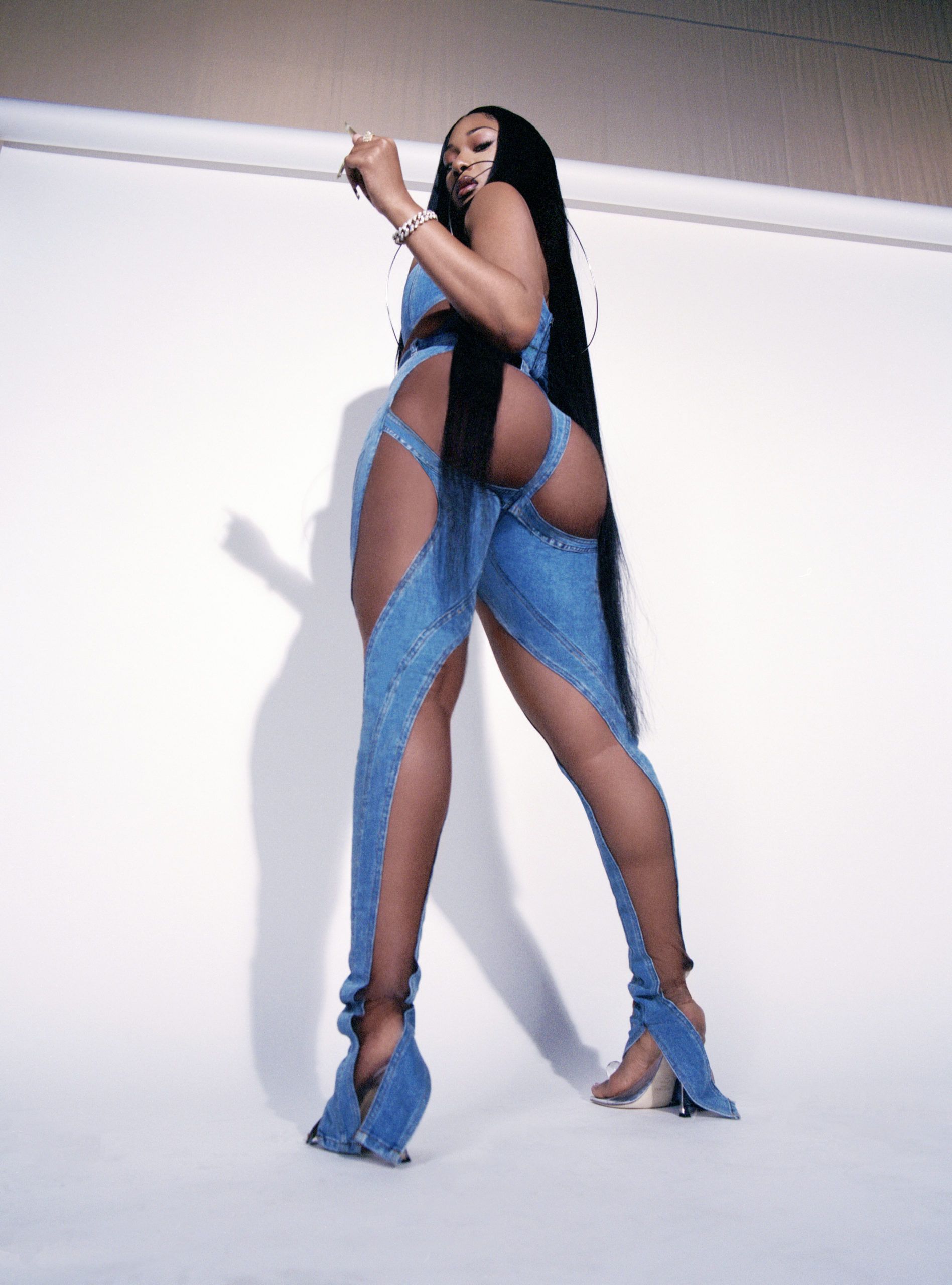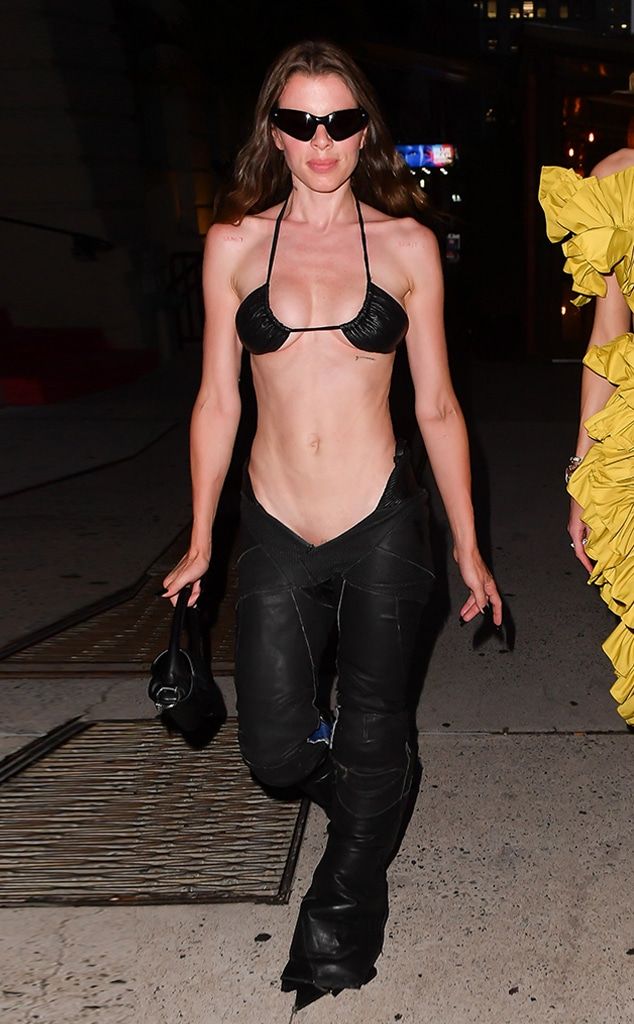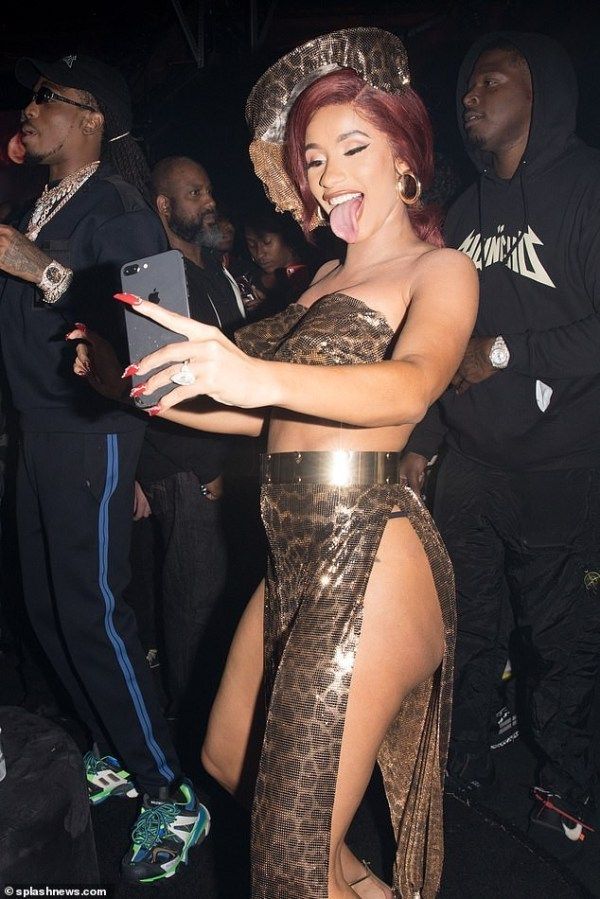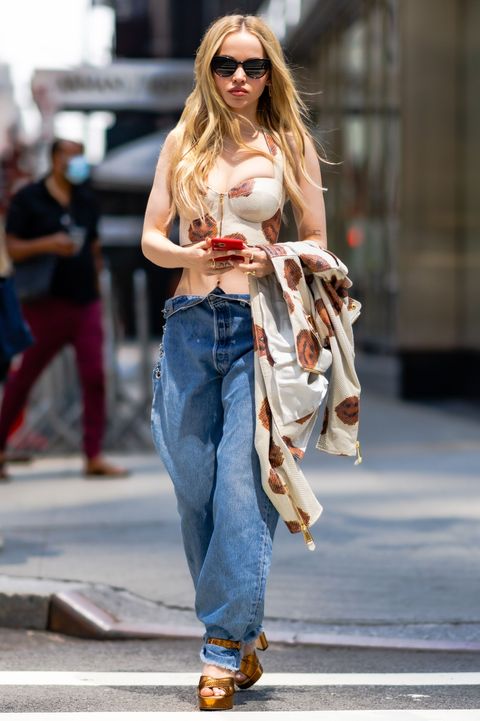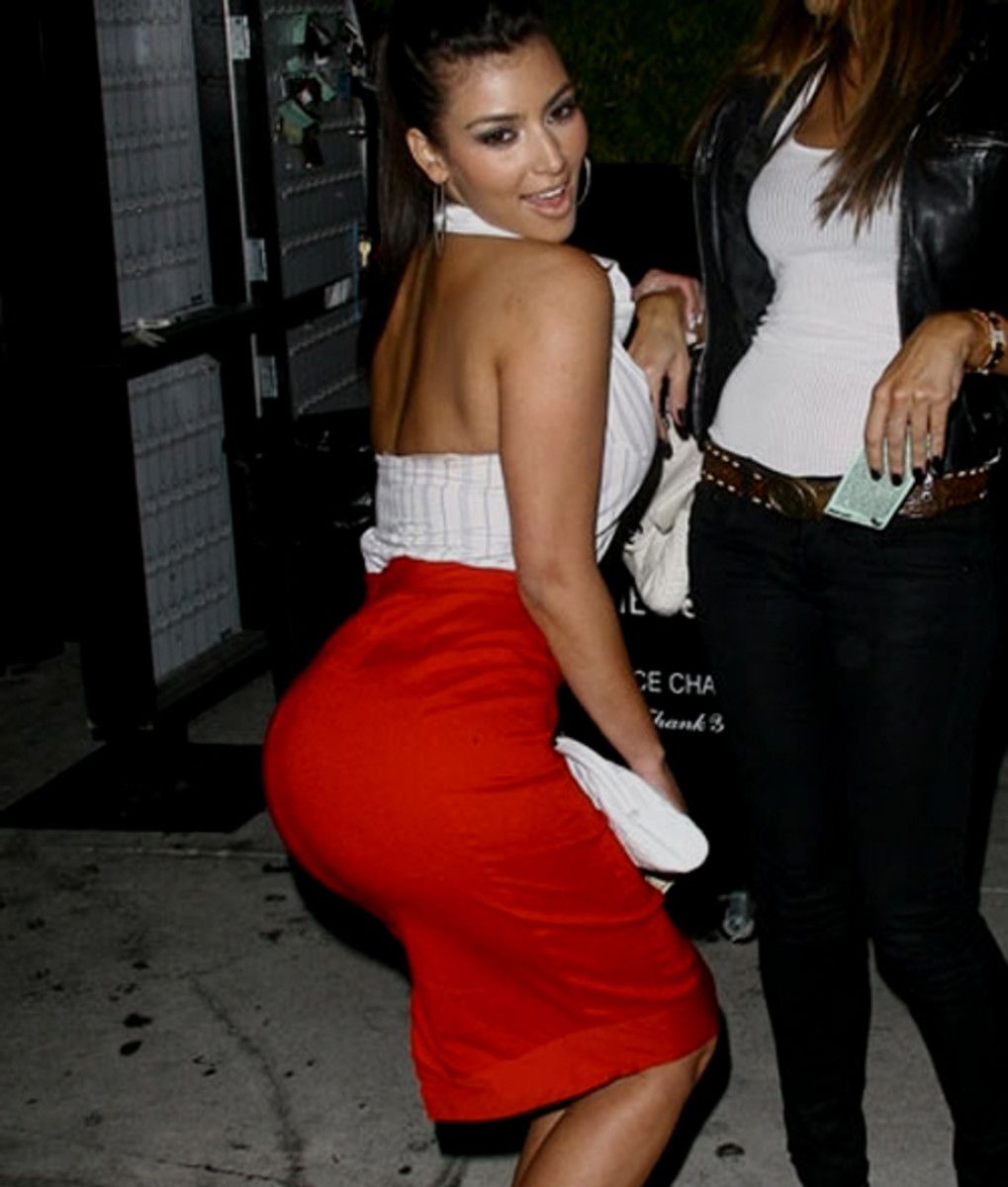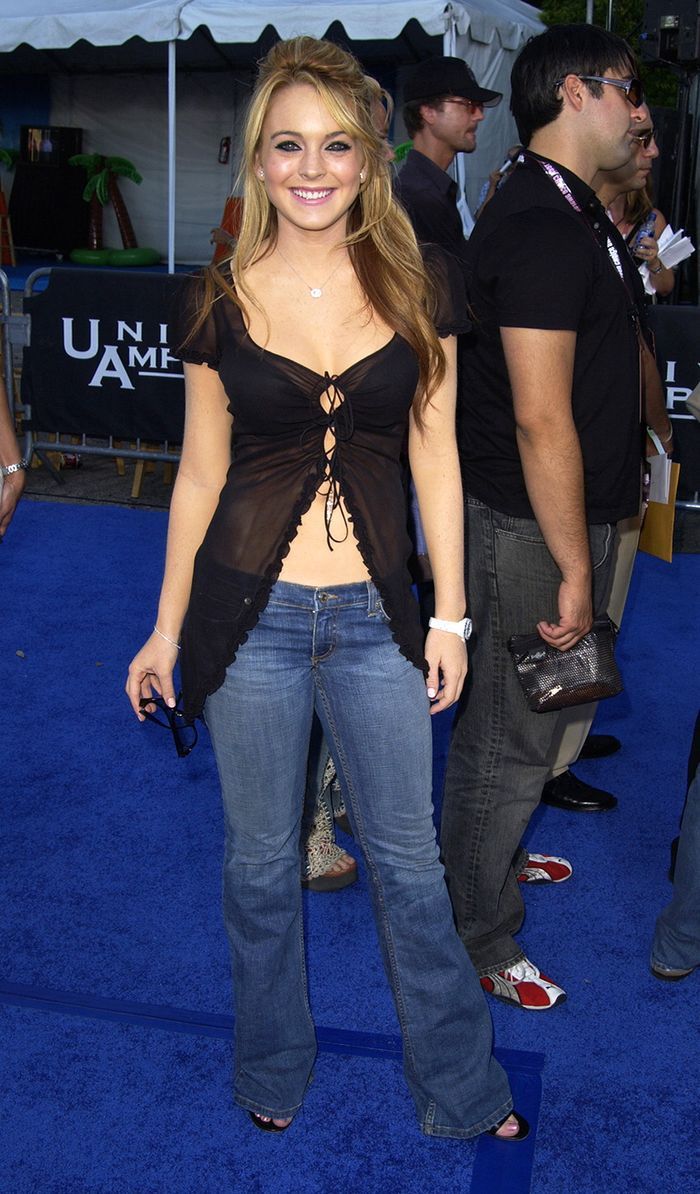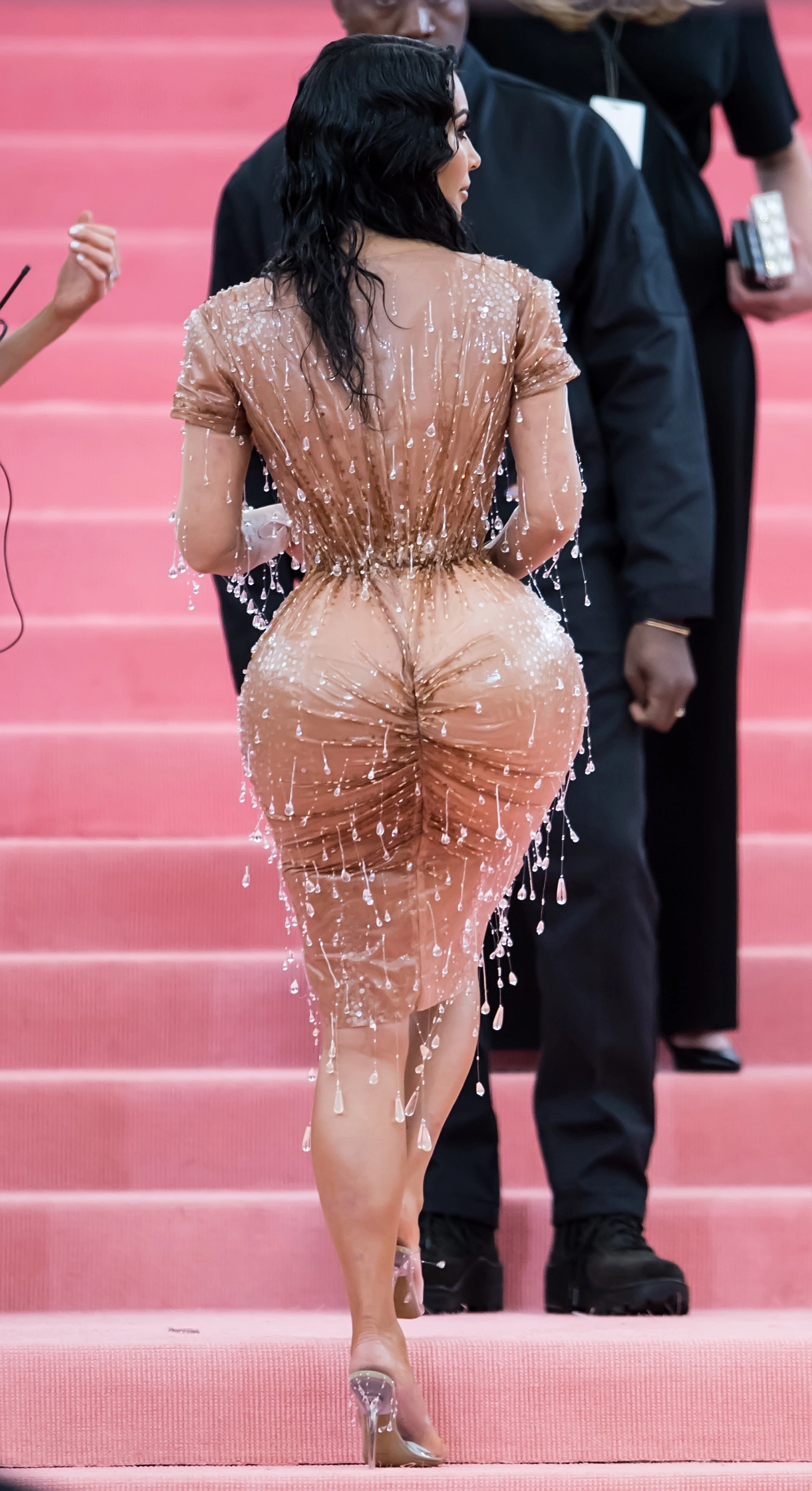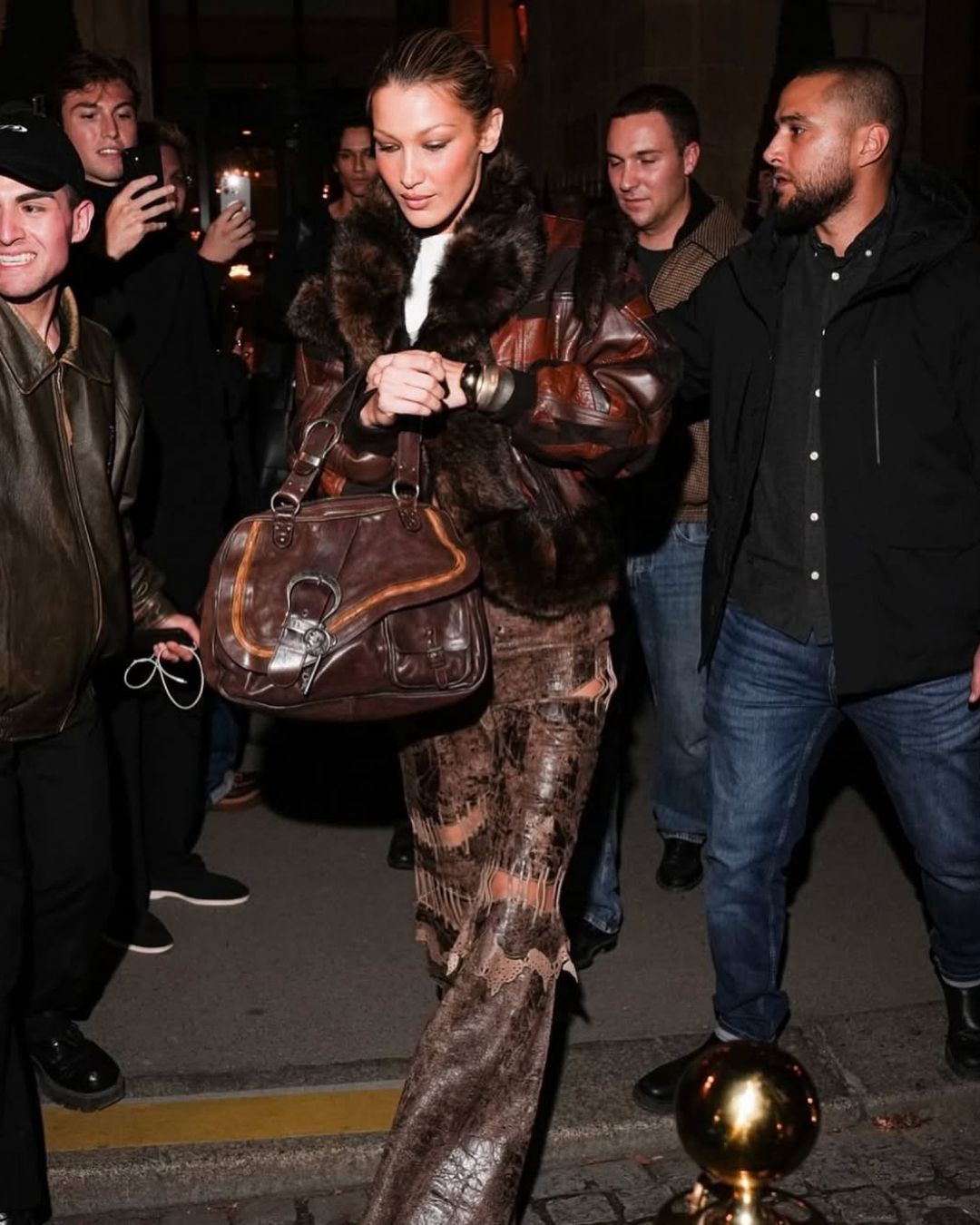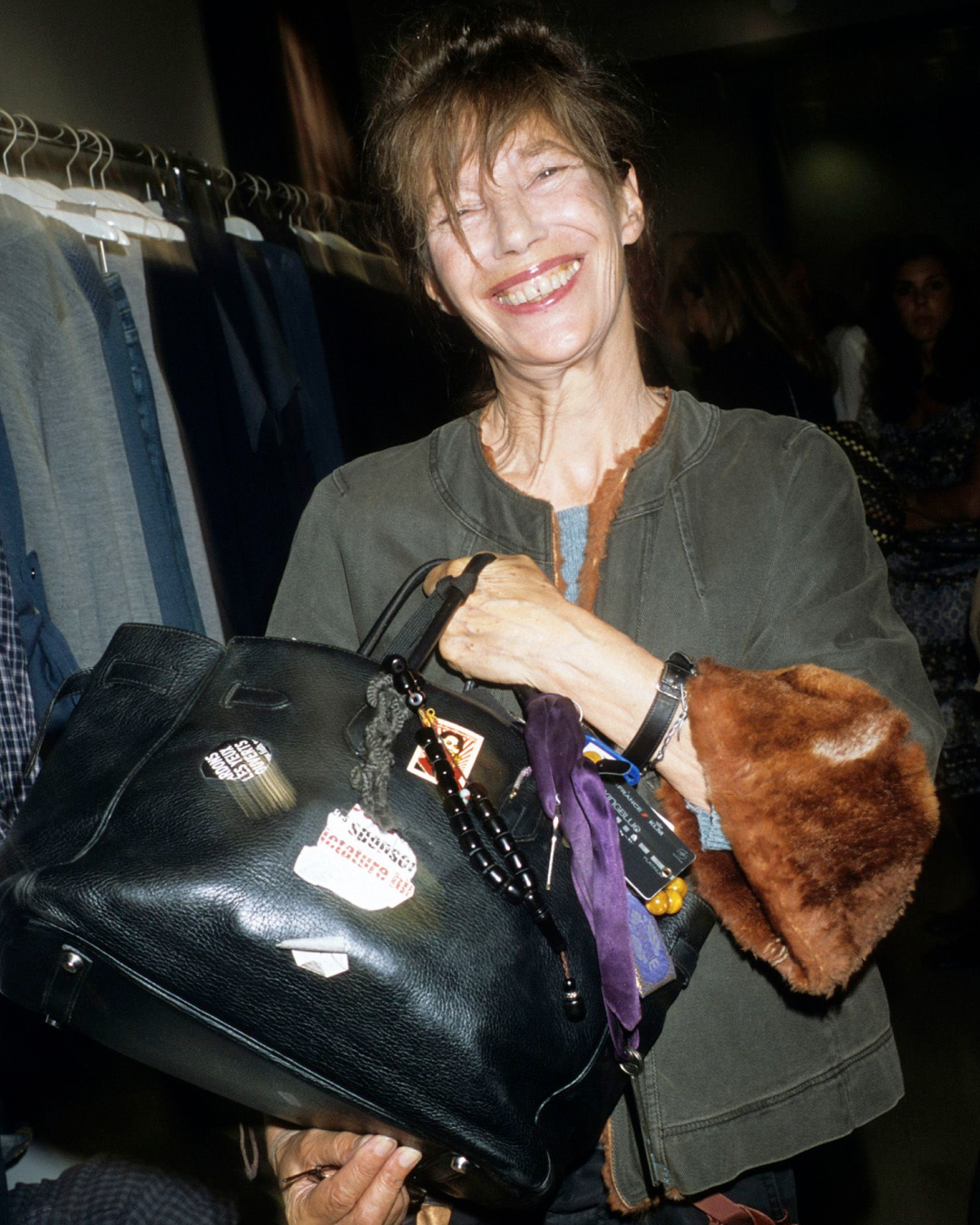
The Y2K trend and the return of diet culture The end of the 'BBL era' is not good news
At 41, Kim Kardashian is at the peak of her physical shape: her 329-million-follower instagram profile reveals a routine of intense workouts, tight tracksuits, toned arms, 7 kilos lost in three weeks to fit into Marilyn Monroe's dress at the Met Gala and never regained. After a problematic divorce and the recent end of her fleeting love affair with Pete Davidson, there seem to be two big absentees in Kim's life as we know it: the wedding ring on her finger and her proverbial bottom. Kim, who has always denied having undergone butt surgery and who in 2011 in Keeping Up With The Kardashians even underwent a scan of her butt to 'prove' that she had no implants, according to The Sun has simply stopped resorting to BBL, a surgical procedure in which fat is removed from another area of the body - hips or stomach - and injected into the butt area. There has been talk on Twitter for months about the 'end of the BBL era' (an acronym for Brazilian Butt Lift), while on TikTok speculation about Kim and Kourtney's rear end reduction has been rife, in a querelle that has brought the Google search 'Kardashian reverse BBL' trending at +5,000% in the last 12 months. In short, people seem desperate to confirm that (excessive?) thinness is 'cool' again and that a voluminous ass is no more.
When low-waisted trousers, miniskirts and exposed bellies appeared on the catwalks last year, public opinion was divided between those who called the return of Y2K a trend that would last barely two seasons and those who, with great foresight, expressed their fear from the outset that nostalgia could go far beyond clothes. Indeed, along with the rediscovery of thin eyebrows and butterfly clips, the idea that certain body types or even specific body parts could become and go out of fashion also returned. The meteoric rise of BBL coincided with the advent of the peach emoji, the era of Kim Kardashian and Kanye West, Cardi B. and Megan Thee Stallion. The discussion is problematic on several fronts; while, as Instyle points out, the Kardashians - who have long been singled out for exploiting black culture and aesthetics - have helped BBL become one of the most popular and fastest-growing cosmetic procedures of the last decade (78% increase in 2015), the rise of a dominant beauty ideal of accentuated curves has been a breath of fresh air compared to the excessive thinness of the 00s. But it must also be said that the aesthetic departure from a natural beauty model for many black women seems no less offensive than its approach.
Now that clips of teenage girls following the 'Bella Hadid diet' by eating only a plate of boiled cabbage for dinner are going viral on TikTok and Elisabetta Canalis recommending skipping breakfast to keep fit on national TV, the '00s have reached the height of ideological realization: a toxic combination of diet culture, fatphobia, and pro-ana conversation. In 2003, the same year Fox premiered The Simple Life, 61.8 % of American women had an eating disorder, and the first social networks (LiveJournal, Myspace, Tumblr) only furthered the trend among those who wanted to stay thin at all costs. «When I think of the 2000s, I'm reminded of the LiveJournal communities and Tumblr accounts that were pro-anorexia» says Tyler McCall, editor-in-chief of Fashionista in a statement reported by Harpers Bazaar, while youtuber Angela Benedict recounted her controversial relationship with her own body in a video titled "Y2K Gave Me An Eating Disorder". For Millennials it's a sad déjà-vu, for GenZ, raised under the sensory bombardment of social media, it's an added worry.
I remember when I first told my therapist about my body image issues, I was 15 years old and looking very different from yet another blonde pre-pubescent model on the cover of Teen Vogue. I didn't expect a 50-year-old man to really understand what was a hint of dysmorphia, or at least I didn't think he could tell me anything different than any scientific paper I could download for free from the internet. But he surprised me: «Do you know when Tahiti saw the peak in cases of eating disorders? In 2004. The Americans had come to bring humanitarian aid in the aftermath of the tsunami and left behind, among other things, unrealistic, Eurocentric beauty standards and a trail of people who found themselves deeply uncomfortable with their bodies, even though they had never been before.» Which was, in many ways, enlightening. Would we still experience such deep discomfort with ourselves if we had not grown up with a clear idea of how we should be, live, look? Probably not. Probably in the multifaceted post-modern landscape, the new and only totem of Western society is image, no matter how much suffering it causes us, no matter how little it really matters.











































